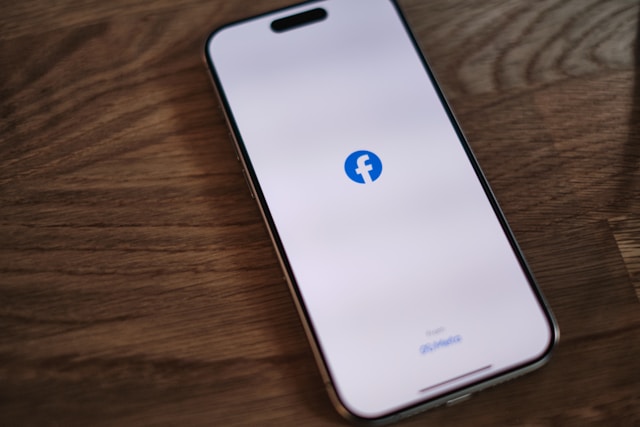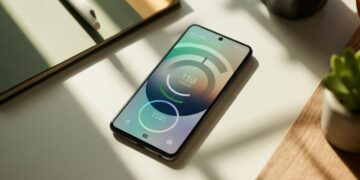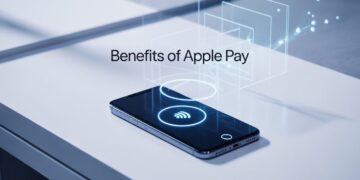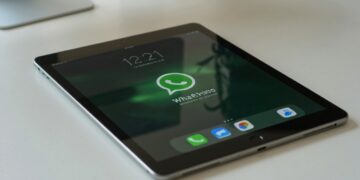Facebook has become an integral part of daily life for billions of users around the world. But not everyone has access to high-speed internet or the latest smartphones, which is why Facebook developed two versions of its mobile app: the standard Facebook app and Facebook Lite. While both apps allow users to stay connected, they differ in size, performance, features, and overall experience.
If you’re wondering which Facebook app is better for your needs, this guide will break down the key differences between Facebook Lite and the main Facebook app, helping you make an informed decision.
Why Does Facebook Have Two Apps?
The main Facebook app is feature-rich and designed for users with newer phones and faster internet. However, in many regions where mobile data is expensive or connectivity is limited, users need a lightweight version of the app that still delivers the core Facebook experience. That’s where Facebook Lite comes in.
Facebook Lite was developed to work smoothly on older phones and slow internet connections while using less data and battery. It offers a simplified user interface and trims down resource-heavy features to ensure accessibility for all.
App Size and Installation
One of the biggest differences between Facebook Lite and the standard Facebook app is the file size.
-
Facebook App: The standard app can be over 200 MB in size and may take up even more space once installed, as it stores cache and updates.
-
Facebook Lite: The Lite version is significantly smaller—around 2–5 MB to download. This makes it ideal for phones with limited storage or slower download speeds.
Because of its small size, Facebook Lite installs quickly and is compatible with almost all Android devices, including older smartphones. The difference between Facebook Lite and Facebook in terms of installation is noticeable from the get-go.
Performance and Speed
If you have a budget phone or live in an area with patchy internet, you’ll notice a performance difference between Facebook Lite and the regular app.
-
Facebook App: Designed for smooth animations and high-resolution media, the standard app performs best on newer devices with plenty of RAM and processing power.
-
Facebook Lite: Optimized for slower networks (2G or 3G), Facebook Lite loads quickly even with limited bandwidth. It runs efficiently on devices with low specs and uses fewer system resources.
This makes Facebook Lite a great choice for users who prioritize speed and responsiveness over visuals and extras.
User Interface and Features
The user interface is another area where these two apps diverge.
-
Facebook App: Offers a modern, polished UI with smooth transitions, rounded icons, and rich visual elements. It includes full support for Stories, Marketplace, Facebook Watch, Reels, and other advanced features.
-
Facebook Lite: Uses a more basic interface with simpler graphics and fewer animations. While it supports core features like News Feed, status updates, comments, and notifications, it lacks some functionalities found in the main app.
For example, video autoplay is either disabled or limited in Facebook Lite to save data. Some users may also notice differences in layout, font size, and the availability of in-app games or services.
Data Usage and Battery Consumption
One of the most significant advantages of using Facebook Lite is its efficiency when it comes to mobile data and battery life.
-
Facebook App: Consumes more data due to high-resolution images, auto-playing videos, and background services. It can also drain battery faster, especially when notifications and location services are enabled.
-
Facebook Lite: Designed to be data-friendly. It compresses images and videos, reduces background activity, and avoids unnecessary animations. This translates to lower data usage and longer battery life ideal for users with limited data plans or older batteries.
When comparing Facebook Lite vs Facebook app, data-conscious users will find Lite far more economical.
Security and Updates
Both apps are backed by Facebook’s security infrastructure, but there may be differences in how frequently they receive updates.
-
Facebook App: Receives frequent updates with new features, bug fixes, and security improvements.
-
Facebook Lite: Also gets updates but usually at a slower pace and with fewer feature changes. Some updates may take longer to roll out in certain regions.
That said, Facebook Lite is still a safe and reliable app for general use, especially when installed from official sources like the Google Play Store.
Who Should Use Facebook Lite?
Facebook Lite is perfect for:
-
Users with low-end or older smartphones
-
People with limited internal storage
-
Those living in areas with slow or unstable internet connections
-
Users who want to minimize data and battery usage
-
Anyone who needs basic Facebook features without the bells and whistles
Who Should Use the Standard Facebook App?
The main Facebook app is better suited for:
-
Users with newer phones and strong processors
-
People who enjoy using all of Facebook’s features, like Stories, Reels, Marketplace, and more
-
Those who want a visually appealing and interactive experience
-
Users with access to reliable Wi-Fi or large mobile data plans
Conclusion
So, which Facebook app is better? The answer depends on your personal needs and device capabilities. If you’re looking for a fast, lightweight option that conserves data and works well on older hardware, Facebook Lite is a smart choice. On the other hand, if you want access to all of Facebook’s latest features with a visually rich experience, the full Facebook app is the way to go.









